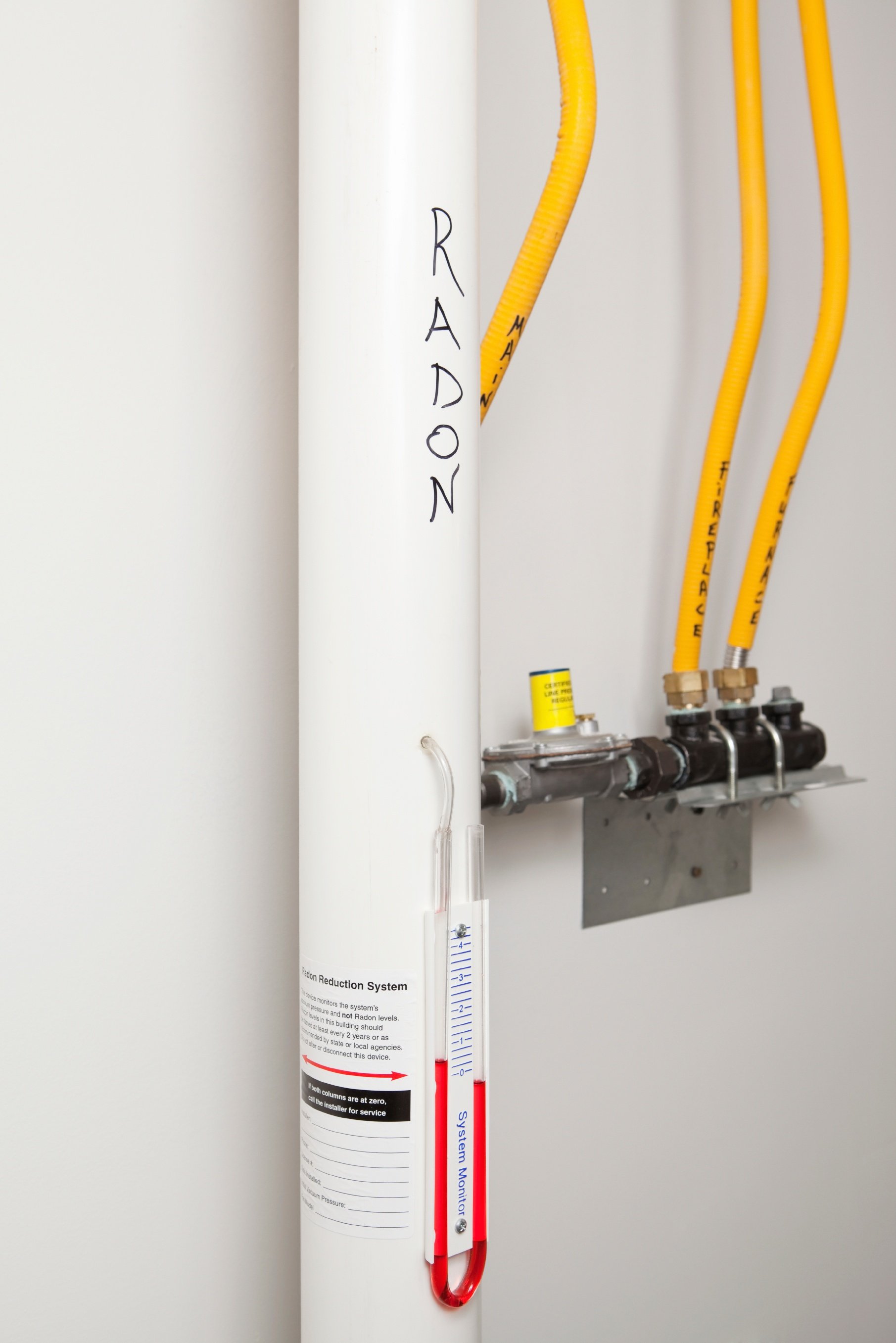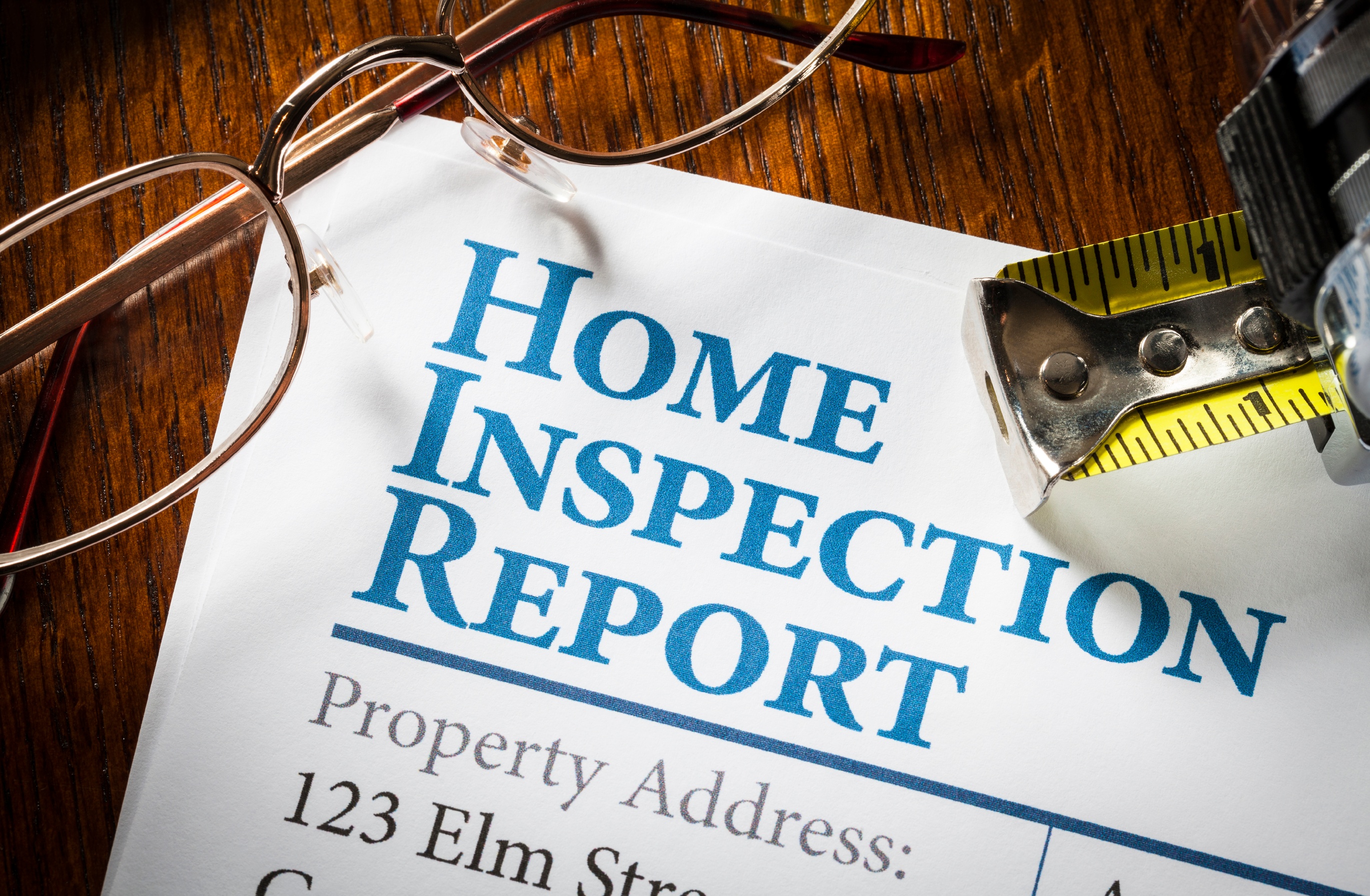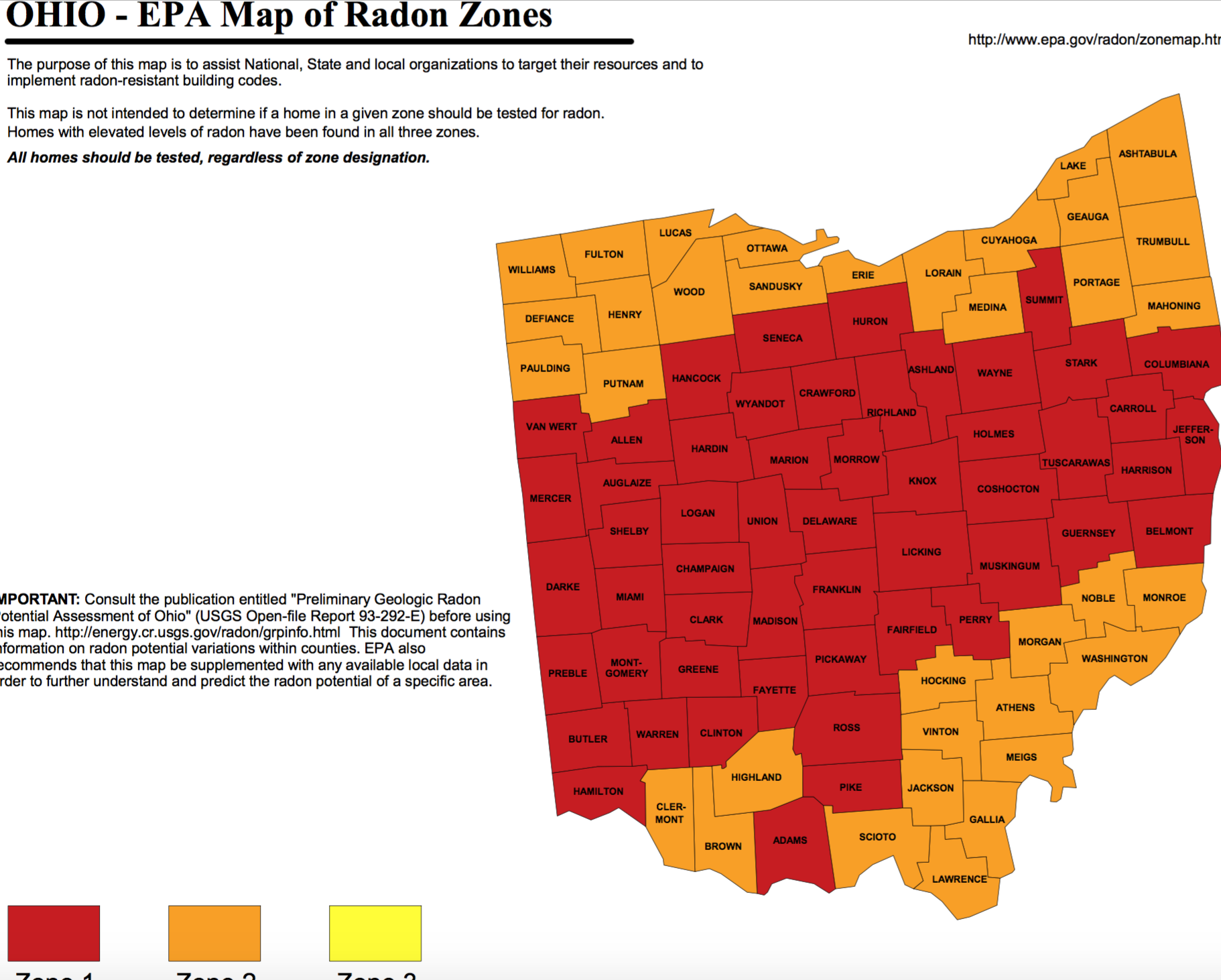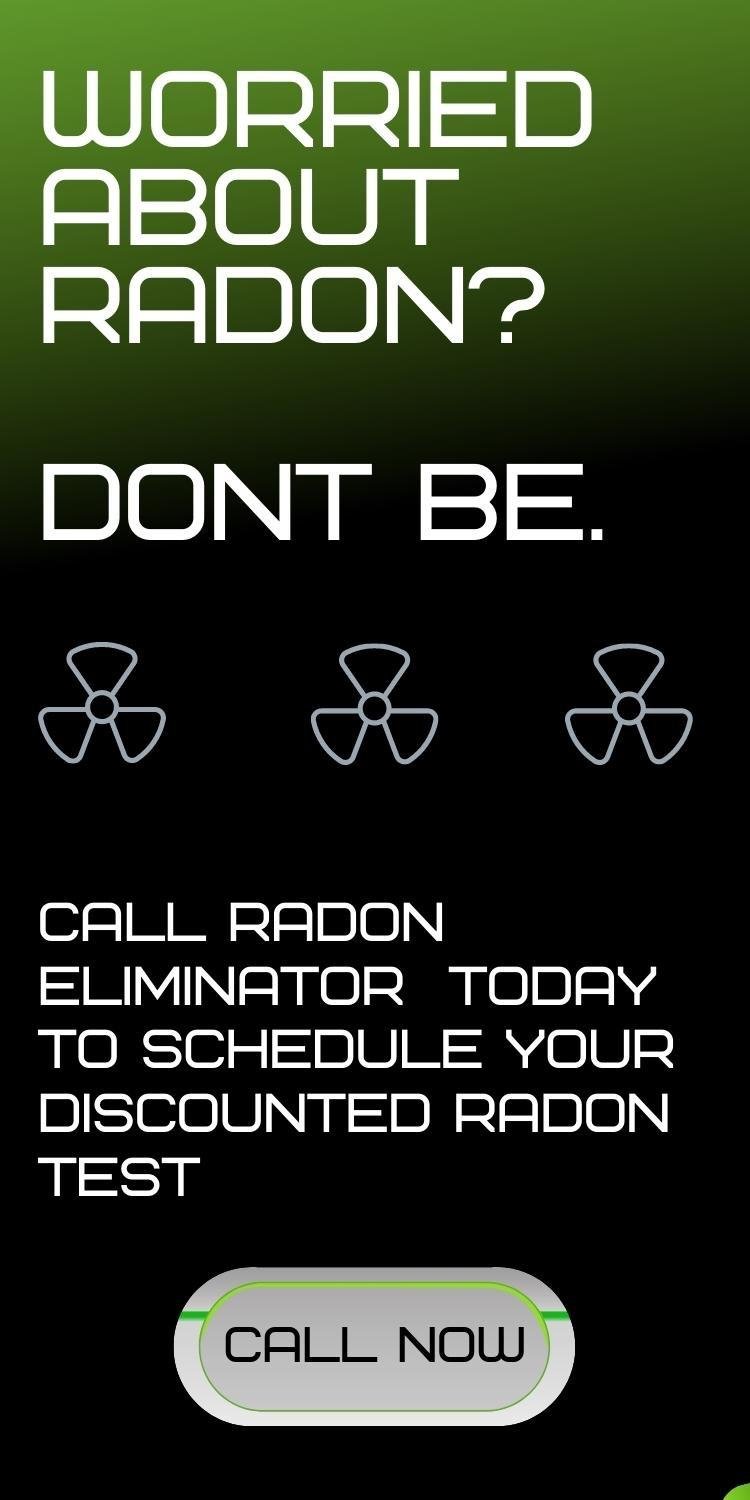Radon Gas and Lung Cancer
Radon Gas is the second leading cause of lung cancer in the United States, second only to smoking. Radon decays into radioactive particles that can get trapped in your lungs when you breathe. As they break down further, these particles release small bursts of energy. This energy damages lung tissue and can lead to lung cancer over the course of your lifetime.
Concerned about the cost of radon mitigation? Read our blog post: "What are the Cost Factors of a Radon Mitigation System?"












